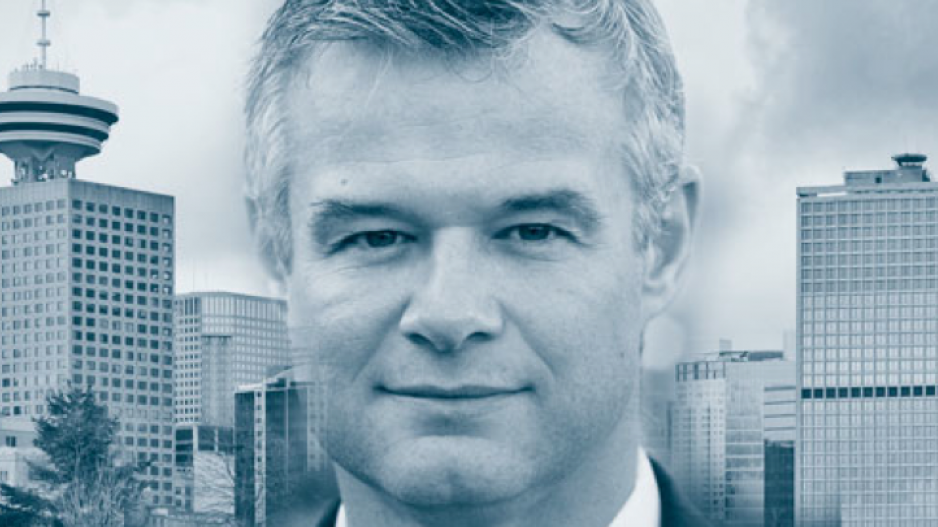It’s been a memorable two years in world financial markets. Who knew that one of the worst recessions in history would be the precursor to markets having some of the best returns in recent memory?
Governments and central banks discovered a secret weapon to make everything all good: money printing, quantitative easing and massive deficits. I think this whole experience in a few years might turn out to be one of those it-seemed-like-a-good-idea-at-the-time scenarios. To see why, it’s prudent to go back 20 years.
Concerning financial markets, I think we are back there in some ways. Large technology stocks have been on a rampage, representing most of the gains in the markets. Speculation has been rampant in all kinds of areas. The investments 20 years ago were different, but the types of market behaviour were the same as today. What’s different is that “easy” money, either through low interest rates or liquidity, provided by the central banks is much more entrenched than it used to be.
In 1998, we had the Russian debt crisis and a seizing of fixed income markets. That resulted in the failure of an over-leveraged hedge fund called Long Term Capital Management, which almost brought down the financial markets. The central banks pumped liquidity into the markets, and speculation was rampant until the fall of 2000, when the tech bubble imploded
The central banks slashed interest rates and then Sept. 11, 2001, happened, causing more liquidity to be pumped into the system. As the economy digested the massive stimulus, speculation and bubbles started to form again, this time in the form of real estate speculation. We all know how this ended, with the Great Recession.
Let’s fast forward to 2015. Interest rate expectations were that central banks would raise rates significantly throughout 2016. Markets dropped about 15 per cent, but rates were not raised significantly.
At the end of 2018, markets dropped about 20 per cent in anticipation of eight rate hikes in 2019. But that didn’t happen; rates, instead, were reduced.
Here we are today, and all the economists are factoring in five to seven rate increases for 2022. The market, especially the big growth stocks, dropped precipitously in anticipation.
Well, I’d be very surprised if rates could be increased much at all. There are several reasons. First, debt is trillions upon trillions more than it was, even in 2018. Second, the sensitivity to rate increases is much higher when rates are as low as they are now. Third, the whole purpose in raising rates is to tighten financial conditions. When the stock market drops in anticipation of rate increases, and bond yields rise, financial conditions tighten.
When central banks increase interest rates, it turns out they are raising interest rates into a slowing economy. That’s what is happening now and why it is hard to increase rates to any degree. The debt and low interest rates are like a drug, and the longer we are given the drug, the harder it is to take it away without causing a calamitous result.
The Bank of Canada joined the quantitative easing party in earnest, and this is why real estate and risk assets received another shot in the arm. If Canada gets aggressive in raising rates, it will hurt some of these areas where there is excessive leverage. This may cause a liquidity squeeze and affect the ability of Vancouverites to finance their lifestyles with excess equity in their homes.
On the other hand, making a long-term projection, I think central bank policies will help to make the 2020s a banner decade for commodities, whether it be oil, industrial metals like copper or gold and silver. With Vancouver’s business concentration in these sectors, it could be good times for Vancouver companies in these areas. Central banks are backed into a corner, and with each crisis, it makes it harder for them to punch their way out of that corner. •
Bob Thompson is a financial adviser with Raymond James Ltd. The views of the author do not necessarily reflect those of Raymond James. This article is for information only.




